Mastering Authentic Thai Green Curry at Home
41 min read Learn to build aromatic green curry from scratch—balancing herbs, spice, and coconut—with tips on paste blending, protein and veggie choices, and serving traditions for restaurant-level results at home. October 05, 2025 15:08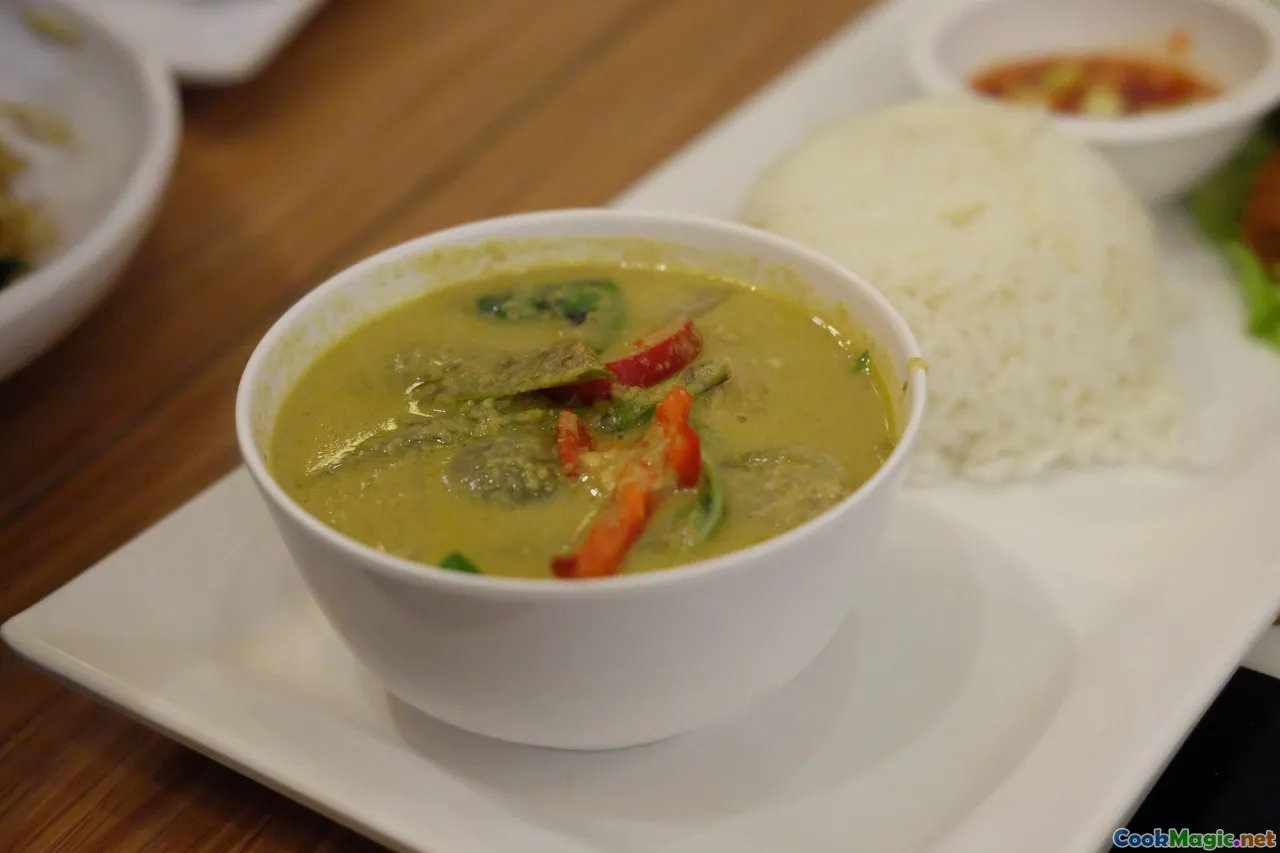
Mastering Authentic Thai Green Curry at Home
The first time I smelled real green curry paste opening up in hot coconut cream, I understood why the Thai word for curry, gaeng, is as much about atmosphere as it is about flavor. It is the hush of a kitchen just before lunch, the quick percussion of a granite pestle, the perfume of crushed makrut lime leaf rising like steam from memory. The paste argued with the coconut, then surrendered, releasing a glossy emerald slick that clung to the sides of the wok like lacquer. Suddenly the room smelled like electricity and orchard: green chili brightness, lemongrass citrus, galangal’s sharp pine, the sea-deep funk of shrimp paste. If you have only ever opened a jar, you have not yet heard a curry sing.
That song is what we’re chasing at home. Not a museum piece of Central Thai cuisine, pinned under the glass of perfection, but a living, fragrant pot whose every ingredient speaks: chicken that eats the sauce, not just sits in it; eggplants that burst with bitter-sweet seed; Thai basil that bruises into perfumed ribbons; a finish that walks the Thai flavor compass—salty, sweet, spicy, and a balancing whisper of bitter, sometimes nudged with sour—without falling off any edge.
In this article, we will grind a paste from scratch, talk coconut chemistry, argue gently with authenticity, choose produce and proteins intentionally, and cook green curry like a Bangkok home cook who knows what each sound and scent means. I’ll share a market morning that taught me more than a dozen cookbooks, and I’ll leave you with a reliable, restaurant-caliber recipe that fits a Tuesday night.
What Makes Green Curry Green
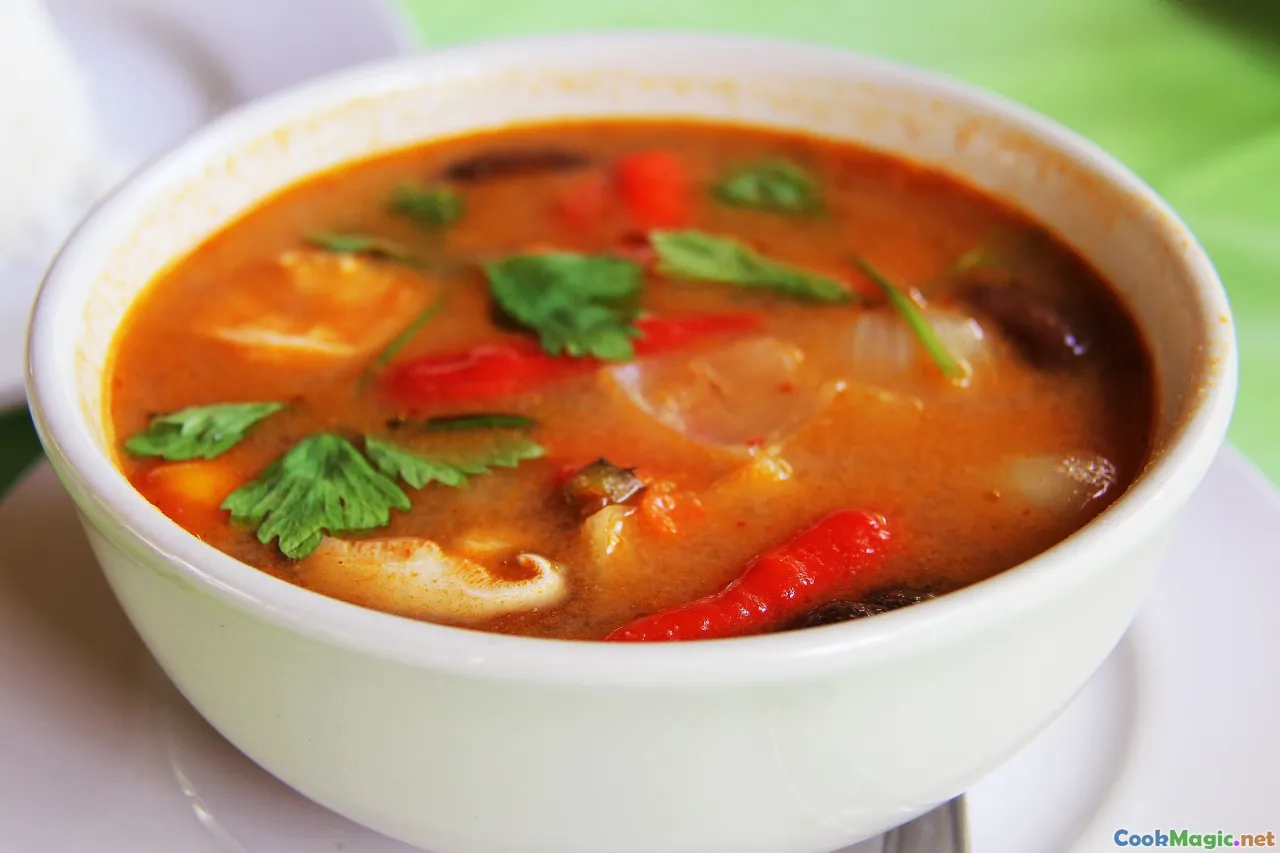
Green curry is Central Thai at heart—Bangkok and the surrounding provinces—though its influences run through extended Thai culinary history. It’s called gaeng khiao wan, literally green sweet curry, not because it’s dessert-sweet, but because it has a soft, round sweetness from coconut and palm sugar that cushions chiles and aromatics. The color is not a dye job. It comes from fresh green chiles and green herbs pounded into the paste—often prik chee fa or bird’s eye chiles for heat, balanced with milder long green chiles for volume—and preserved by a gentle, oily stir-fry in coconut cream.
The classic paste leans on a known constellation of aromatics:
- Green chiles: A mix of hot and mild, for color and heat control. Thai bird’s eye chiles (prik kee noo suan) bring fire; longer prik chee fa or even serranos add body and chlorophyll.
- Lemongrass: Pale lower stalks for citrus backbone.
- Galangal: Resinous, piney, peppery heat.
- Makrut lime zest and leaf: Concentrated floral-citrus perfume.
- Coriander root: Earthy, peppery depth that read as Thai instantly.
- Shallots and garlic: Sweetness and umami.
- White peppercorns: A distinct peppery aroma that lingers in the nose.
- Coriander seed and cumin: Lightly toasted, they lend warmth and complexity.
- Shrimp paste (kapi): The ferment that turns lights on; not fishy when used correctly—just savory and deeply Thai.
Spinach or basil leaves do not belong in the paste, though some home cooks and cookbook authors sneak in a handful for color insurance. If you want an intensely green sauce, the trick is not spinach; it’s restraint with heat and time. Let the paste bloom in a fat-rich medium, then simmer gently. Overboiling is how you brown your green.
Sourcing Ingredients With Intention

Hunting ingredients is part of the pleasure. The smell of coriander root alone is worth the trip to a good Asian market—it’s grassy, peppery, and exactly the aroma missing from most Western supermarket cilantro. If you can’t find roots, use the lower stems and a few stems of cilantro with leaves, but understand you’ll be missing a certain thump.
- Coconut milk: Buy brands that list only coconut and water, no gums. In North America, Aroy-D (boxed) and Chaokoh (canned) are reliable. Shake the can; if it’s sloshy, it likely has lower fat. You’ll want high-fat for splitting the cream.
- Fish sauce: Look for first-press brands like Red Boat, Megachef, or Tiparos. Each tastes different; you will learn their saltiness and funk. Red Boat leans clean and anchovy-rich; Tiparos is bolder, sometimes sharper.
- Palm sugar: Comes in cakes or tubs. Good palm sugar tastes like browned toffee with a faint coconut note. If you can’t find it, use light brown sugar plus a dab of coconut sugar, but add gradually.
- Thai basil (horapha): Not Italian basil. Thai basil has purple stems and a licorice-like aroma that survives heat.
- Makrut lime leaves: Often sold frozen. Do not substitute regular lime zest for the leaves, but use both zest and leaf if you can.
- Thai eggplants: Golf-ball-sized green-and-white striped eggplants and pea eggplants (makhuea phuang) are traditional. If unavailable, sub small Japanese eggplants and a handful of green peppercorns or green peas to mimic the burst and bitterness.
- Coriander root: If missing, lower cilantro stems are your best friends.
- Green chiles: Mix heat levels. Serranos plus a few bird’s eye is a good compromise when prik chee fa are hard to find.
A note on shrimp paste: Kapi has terroir. Thai kapi tends to be saltier and funkier than some Vietnamese mam tom. Start small and keep sniffing. When fried in coconut oil, kapi goes from jarring to irresistible.
The Heartbeat: Pounding a Fragrant Curry Paste
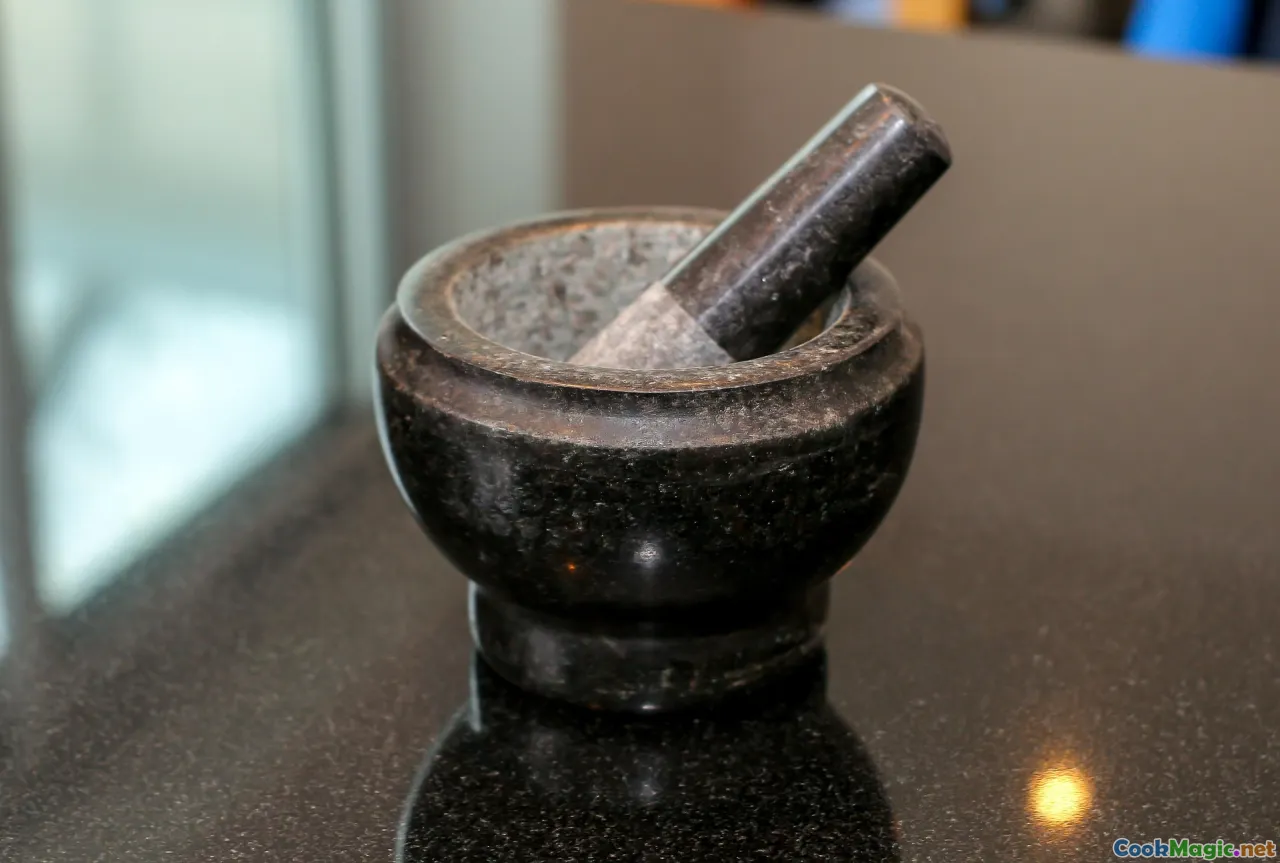
A food processor will mince; only a mortar and pestle will coax oil and perfume from fibrous aromatics the way green curry demands. Think about what you want: torn plant cells, aromatic oils bound with salt and a little heat from friction. The paste should be glossy and cohesive, not choppy. Ten to twenty minutes of steady pounding is therapy and tradition in equal measure.
Pound ingredients in a specific order, from hardest to softest, to build a paste that tightens and brightens instead of sweating water.
- 1 tablespoon coriander roots (or lower stems), scraped and chopped
- 2 to 3 makrut lime leaves, central rib removed, finely sliced
- 1 teaspoon makrut lime zest (if available), finely grated
- 2 stalks lemongrass, pale inner parts only, thinly sliced (about 60 g)
- 20 g galangal, peeled and sliced thin
- 1 teaspoon toasted coriander seeds
- 1/2 teaspoon toasted cumin seeds
- 1/2 teaspoon white peppercorns
- 6 to 8 cloves garlic, chopped
- 4 to 5 small purple shallots, chopped
- 8 to 12 green chiles, mixed mild and hot, seeds in for heat, chopped
- 1 teaspoon fine sea salt (acts as a grinding grit and seasoning)
- 1 to 2 teaspoons shrimp paste, to taste
Method:
-
Start with the dry, hard aromatics: coriander root, makrut leaf and zest, lemongrass, galangal, salt. Pound until fibers are frayed and a damp, fragrant mass begins to form. The mortar will smell like a garden after rain.
-
Add the toasted spices and white peppercorns; continue pounding until they disappear.
-
Add garlic and shallots. Pound until the paste looks uniformly sticky and starts to glisten.
-
Add chiles in batches. Pound until the green brightens and the paste smooths. If your paste starts to smear on the sides, scrape down periodically.
-
Finally, pound in shrimp paste until fully integrated. The paste should be cohesive, spoonable, and a vivid green.
Shortcut path: If you use a processor, chop everything fine, then finish by pounding half the batch by hand. This hybrid approach captures some of the mortar magic without committing to a full arm workout.
Coconut Milk Mastery: Splitting the Cream

What Thai cooks call splitting the coconut cream is the controlled separation of coconut oil from coconut milk solids as it cooks. Done right, the surface of your wok develops freckles of clear coconut oil that fry your paste into perfume rather than boiling it into blandness. Done wrong, you get a dull, slightly caramelized sauce or a greasy puddle.
The science: Coconut milk is an emulsion of fat, water, and proteins. Heat and time break the emulsion, freeing fat. Higher fat content and lower added stabilizers make splitting easier. In Thailand, cooks often use the top layer of coconut milk, the hua kati, to start the curry. Many canned milks contain stabilizers, making splitting trickier; you can still simulate it by adding a tablespoon of neutral oil to help the paste fry and by reducing the heat to keep milk from scorching.
Technique:
- Skim or pour off about 200 ml of thick coconut cream from the top of your can or box, or shake a high-fat brand minimally to keep cream intact.
- Heat a wok or wide saucepan over medium heat. Add the cream and cook, stirring slowly, until it thickens and you see shiny oil beads forming. This can take 3 to 5 minutes.
- Add the curry paste and fry, pressing and smearing it into the cream with your spatula. The paste will darken slightly, grow glossy and aromatic, and tiny bubbles of fat will reappear. This is when neighbors get curious.
- Thin later with the remaining coconut milk and water or stock.
Layering the Curry: Order Matters
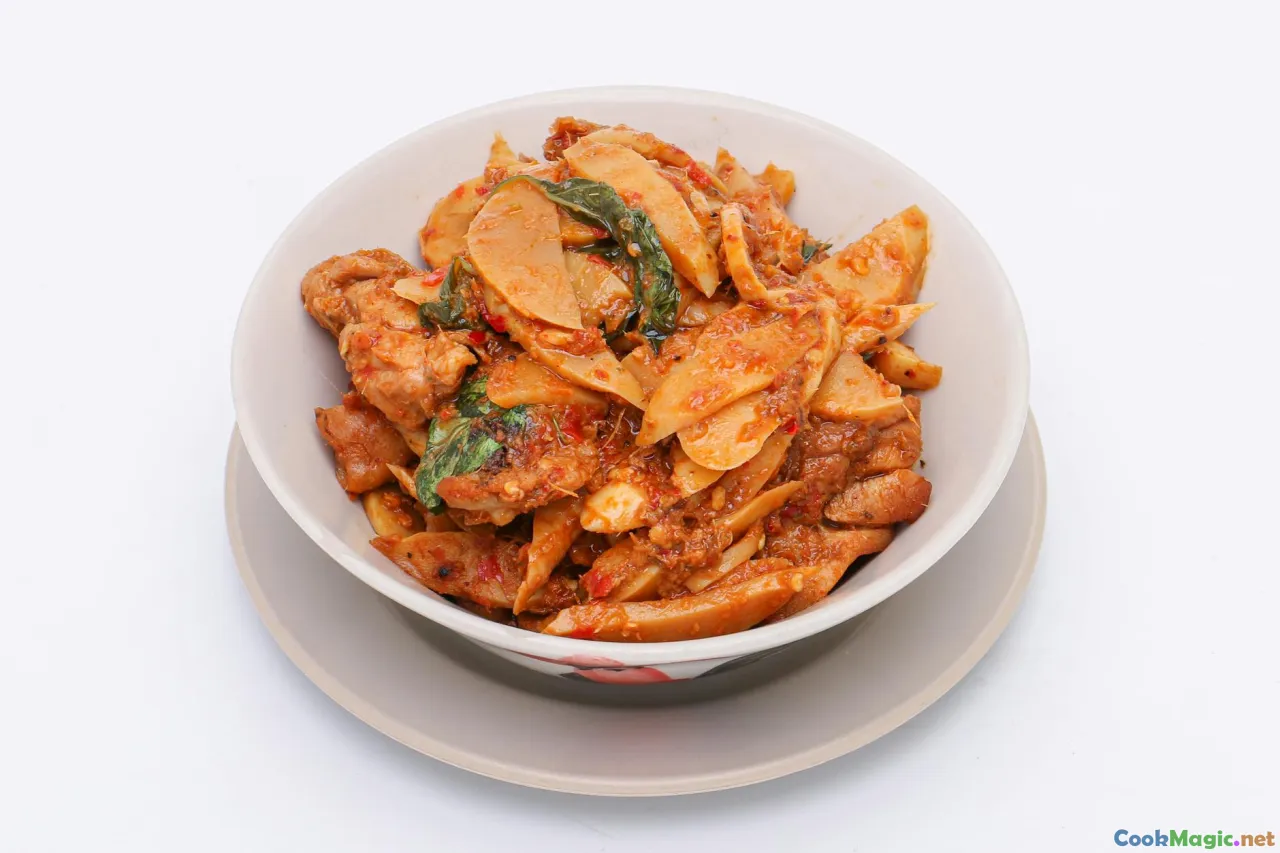
Thai green curry is a study in timing. You want tender protein, vivid herbs, vegetables that still bite, and a surface gleam that tells you the paste has fried properly.
- Fry the paste in split coconut cream first. This sets the aroma.
- Add tougher proteins (beef or firm tofu) earlier, tender ones (chicken thigh strips, fish balls) a touch later, seafood last.
- Thai eggplants need only a brief simmer to go tender but not mushy.
- Add palm sugar and fish sauce gradually, tasting for balance. You are not seasoning broth; you are calibrating perfume.
- Finish with slivered makrut leaves and a handful of torn Thai basil right before serving; they bruise into the sauce and announce themselves at the table.
A common home rhythm:
- Fry paste in cream until fragrant and oily.
- Add a ladle of coconut milk; bring to a ripple, not a rolling boil.
- Add chicken or chosen protein; simmer gently until just cooked.
- Add eggplants; cook until seeds shimmer and flesh gives to a spoon.
- Season with fish sauce and palm sugar. Taste. Nudge.
- Drop in basil and makrut leaf; kill the heat and cover for one minute.
Choosing Proteins and Vegetables With Character
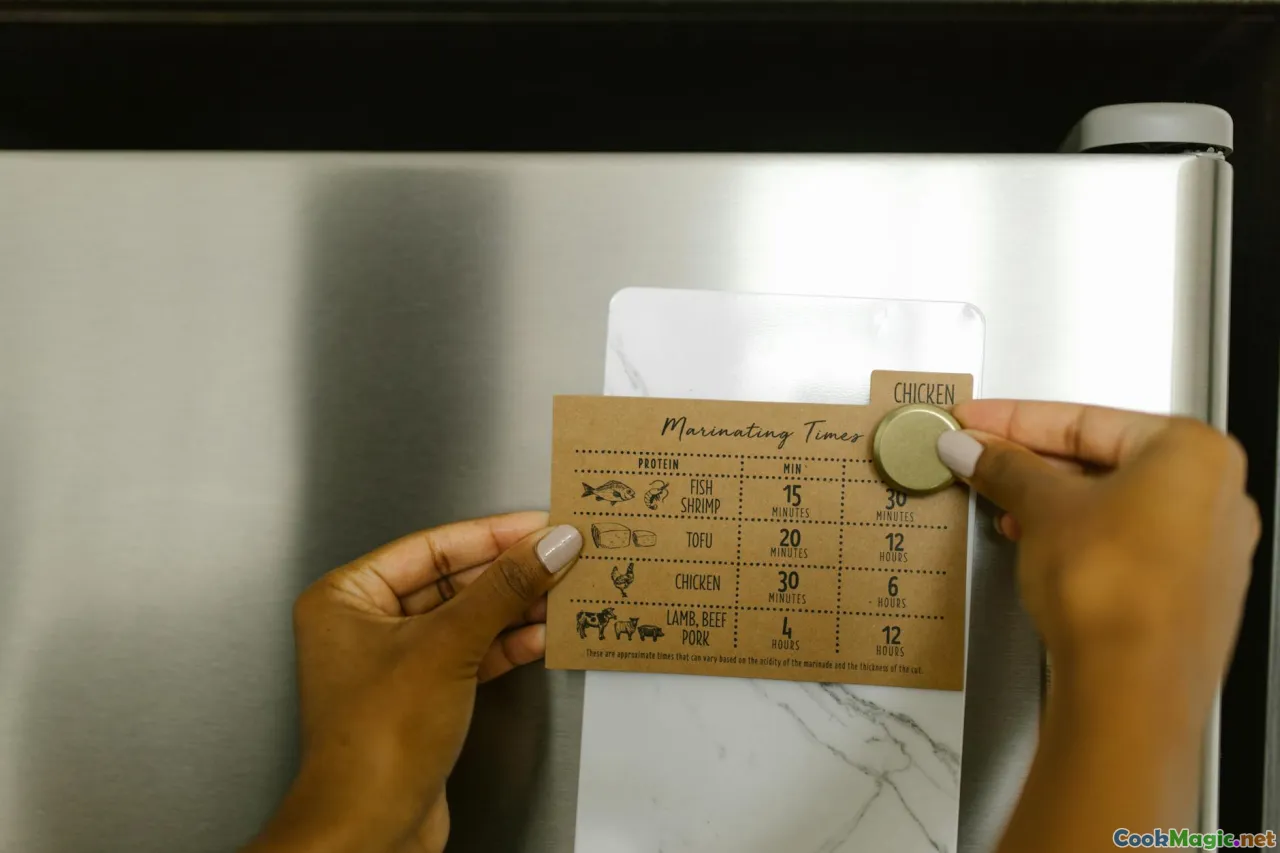
Green curry is a frame; you choose the portrait. Each protein changes the balance and even the seasoning.
- Chicken thigh (gaeng khiao wan gai): The classic. Thigh meat stays tender, absorbs seasoning, and enriches the sauce. Skin-on can be glorious if you render it slightly first.
- Beef: Choose something marbled and quick-cooking, like sirloin or flank, sliced across the grain. Beef tugs the curry in a deeper direction; a splash of stock can help.
- Fish balls (luk chin pla): Traditional and wonderful. Springy, savory, and they soak up green sauce like sponges. Some Bangkok canteens serve green curry fish balls with rice vermicelli (kanom jeen) for a light lunch.
- Tofu: Firm tofu blotted and pan-seared until golden works beautifully, especially for a vegetarian version. It needs a little more salt; consider adding light soy sauce for depth.
- Prawns or scallops: Add at the very end; they cook in minutes and perfume the sauce.
Vegetables that love green curry:
- Thai round eggplants: Quartered and cooked until the seeds are translucent.
- Pea eggplants: A handful adds crunch and a pleasant bitter pop.
- Bamboo shoots: Common in restaurant versions; rinse well to remove canning flavors.
- Green beans or yardlong beans: Snappy texture; slice into bite-size lengths.
- Young corn: Sweet crunch balanced by curry heat.
- Green peppercorns on the stem: Not traditional for every green curry, but intriguing in a beef version for bite and aroma.
A Tale of Two Bowls: Bangkok Canteen vs. Home Kitchen

In a sunlit canteen off Witthayu Road, Sanguan Sri—the kind of old-school Bangkok institution that feeds office workers as if they were family—serves green curry with fish balls on certain weekdays. The fish balls arrive like pearls in jade, with kanom jeen rice noodles coiled beside them and a small saucer of pickled mustard greens to cut through the richness. It is sweet, yes, but mostly sweet in the sense of complete: salty and herbal and faintly bitter from pea eggplants, a sufficiency of flavor that makes you exhale.
At home, the bowl looks different, even if you follow the same sequence. Your basil comes from a small bunch, not a bushel; your chiles might be serrano. You find your balance with a specific fish sauce and a palm sugar cake scored with a knife. Home green curry tends to have a slightly fresher, leafier top note—less time holding on a steam table, more immediacy. The goal is not to replicate a canteen, but to cook a curry that, like those bowls, feels inevitable when you taste it, as though it could not exist any other way.
The Thai Flavor Compass: Calibrating Your Bowl

Thai cooks often speak of balancing not a rigid ratio but a moving target. Green curry isn’t a sour curry by design, though some cooks add a squeeze of lime at the table. Think instead of the following:
- Salty: Primarily fish sauce. Some chefs add a pinch of salt early in the paste; final seasoning comes from fish sauce at the end.
- Sweet: Palm sugar softens and rounds the edges, also enhancing coconut’s natural sweetness.
- Spicy: The chiles in the paste do most of the work. Fresh sliced chiles as garnish escalate heat.
- Bitter: Pea eggplants, makrut leaf, and even the charred tips of lemongrass bring a whisper of bitterness that keeps the curry adult and addictive.
- Aromatic: Surges from basil, makrut, lemongrass, galangal; these should be bright and alive at the end.
When tasting, ask: Do I smell the paste before I taste salt? Does coconut feel lush without feeling heavy? Are the eggplants silky without collapsing? Does a leafiness remain, or did I punish it with heat? Adjust with small moves—half a teaspoon of fish sauce, a teaspoon of palm sugar, a spoonful of coconut milk—to steer.
Common Mistakes and How to Fix Them
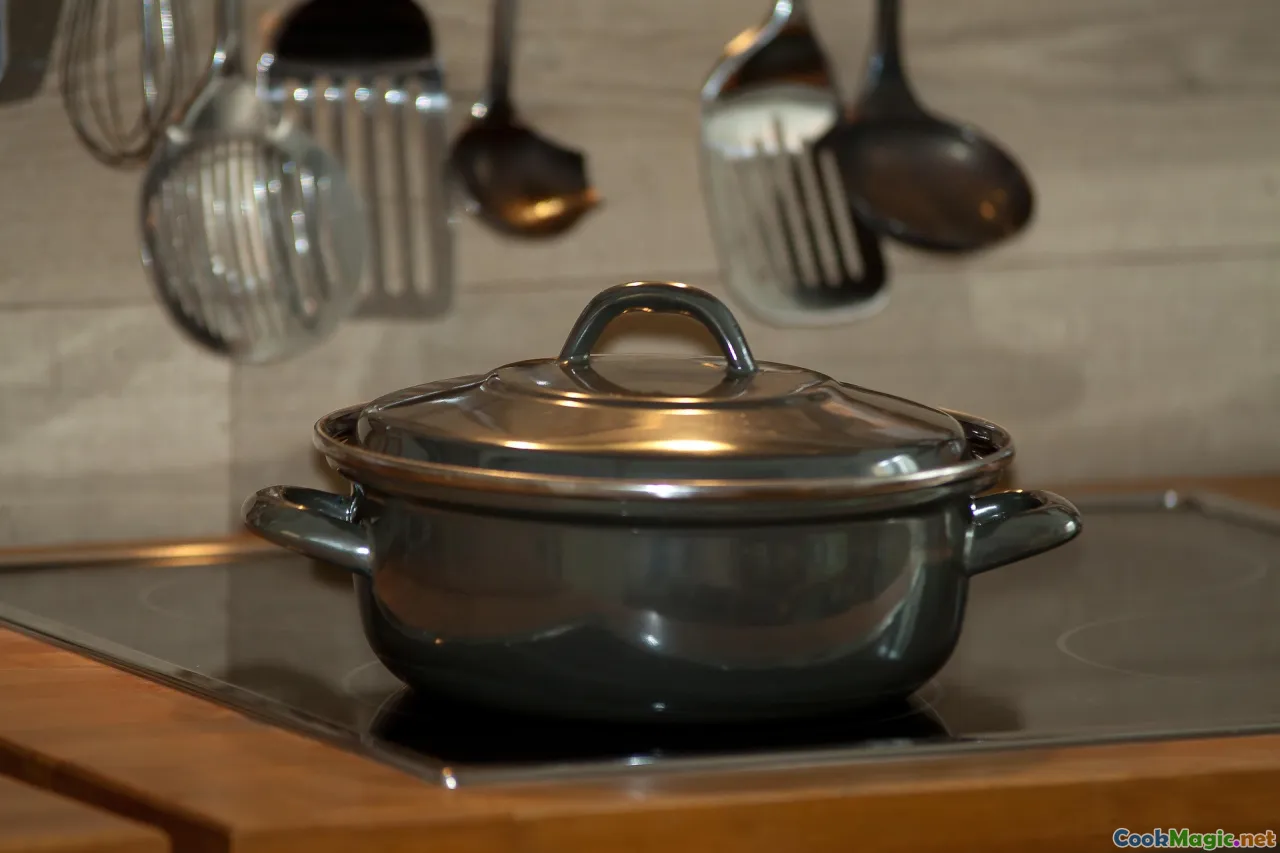
- The curry is tan, not green: You boiled the paste too hard or too long. Next time, fry paste in split cream over medium heat, then simmer gently. For now, fold in a small handful of finely chopped cilantro stems and Thai basil in the last minute to refresh color, and avoid further boiling.
- It tastes flat: You likely skipped frying the paste or under-seasoned. Reheat a tablespoon of coconut cream in a small pan until oily, fry a teaspoon more paste if you have it, then stir back into the pot. Add a splash of fish sauce.
- Too salty: Add unsalted coconut milk and a pinch of palm sugar to re-balance. If the pot is crowded with protein, remove some to reduce surface area and avoid overcooking while you fix the liquid.
- Too sweet: Dial in more fish sauce and a few extra makrut leaf slivers. A tiny squeeze of lime at the table can help, but keep sour in check.
- Oily pools on top: Mild pooling is desirable; a large slick means over-splitting or too much fat. Stir in a splash of water or stock and simmer briefly; the emulsion will re-form.
- Eggplants are mush: Add them later next time. Different varieties cook at different rates. Thai round eggplants soften in 5 to 7 minutes; Japanese longer ones take a touch longer but hold shape.
A Morning at Or Tor Kor: A Personal Memory
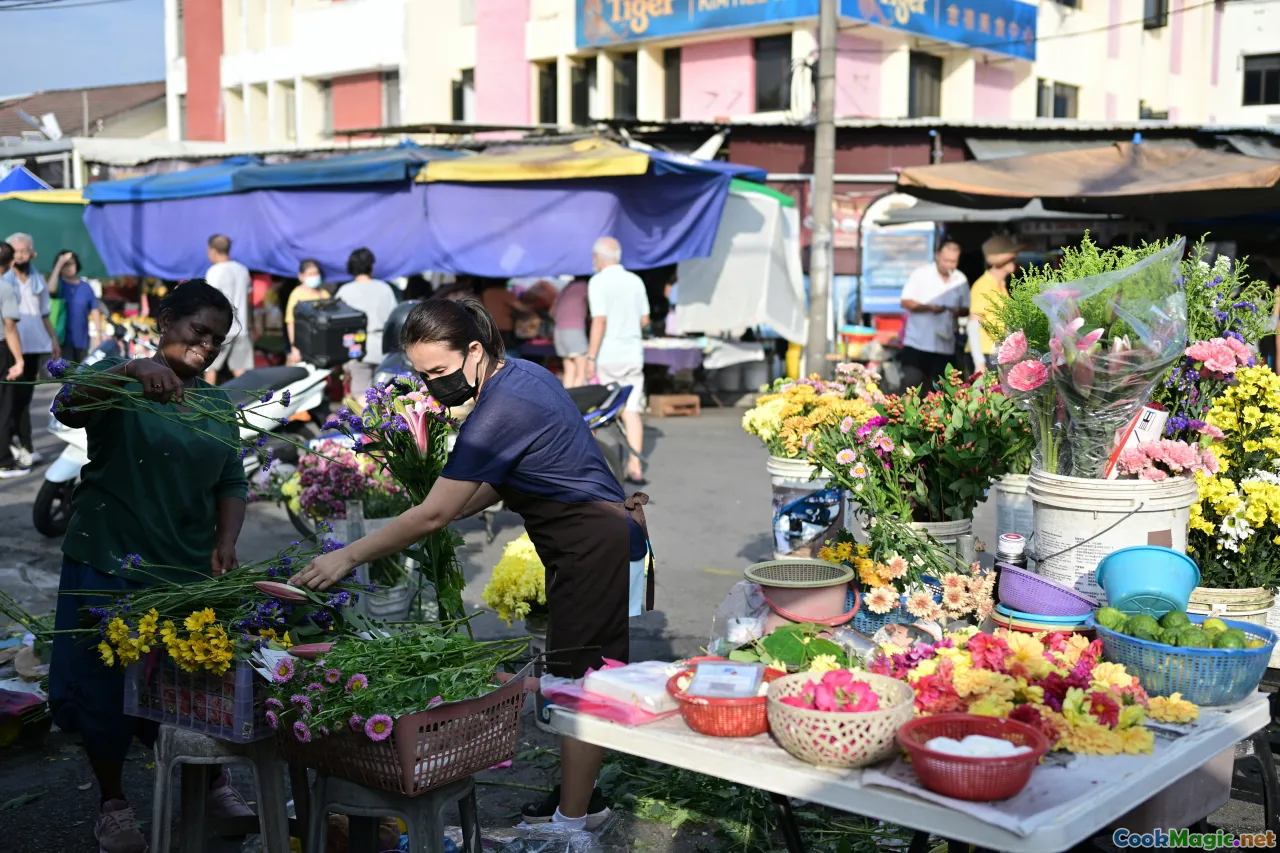
Or Tor Kor Market in Bangkok is a fragrance museum disguised as a grocery. The green side of the place—you could navigate it blindfolded by smell—is where I learned the importance of coriander root and patience. A vendor in a blue apron thumped her pestle with exact, unhurried rhythm, pasting greens into gloss, while around us the air carried green guava, chili pepper sting, bruised basil, and durian sweetness.
She sold me a small bag of paste with a rubber band at the top—its surface shiny as jade candy—and asked how I planned to cook it. With chicken, I said. She frowned at my clumsy Thai and then said, slowly, use the cream first. Wait for the eyes. She meant the beads of oil that appear when the cream splits. Then your paste goes in. The eyes should be smiling before you move on, she laughed.
Back home, thousands of miles and months later, I still listen for that laughter. When the kitchen goes from quiet to alive—when the paste hits the cream and the whole room turns green, when makrut leaf perfume finds your throat—you know the eyes are smiling.
Vegetarian and Vegan Paths That Keep Character
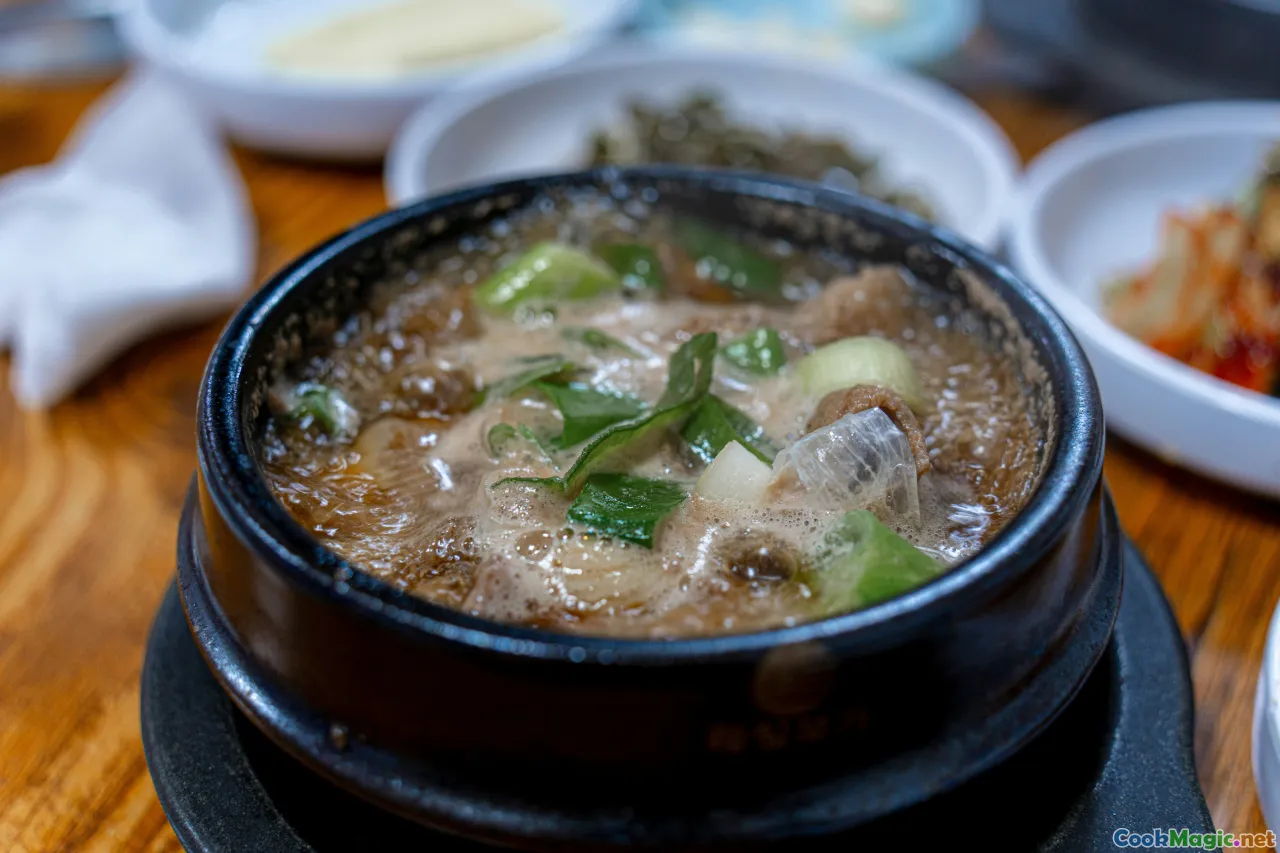
Green curry without fish sauce or shrimp paste need not be a compromise. It must, however, replace their umami and depth with intention.
- Replace fish sauce with a combination: light soy sauce for salt and savor, plus a small splash of mushroom soy or a spoonful of Thai fermented soybean paste (tao-jiew) for funk. White miso whisked with warm water can add body without stealing the profile.
- Replace shrimp paste with a teaspoon of red miso or a crumble of roasted nori ground with a pinch of salt. A dab of fermented black bean paste can work, used sparingly.
- Use dried shiitake or kombu to make a quick umami stock; use this to thin the coconut milk instead of water.
- Tofu: Use firm tofu pressed, patted dry, then pan-crisped in a film of oil until golden on both sides. This gives texture contrast and a surface that clutches sauce.
Vegan green curry loves vegetables with bite and bitterness. Thai eggplants are perfect. Add green beans, baby corn, and pea eggplants if you can find them. Finish with a generous handful of Thai basil and slivered makrut leaves; without fish sauce, these aromatics must sing even louder.
Recipe: Thai Green Curry (Gaeng Khiao Wan) for Four
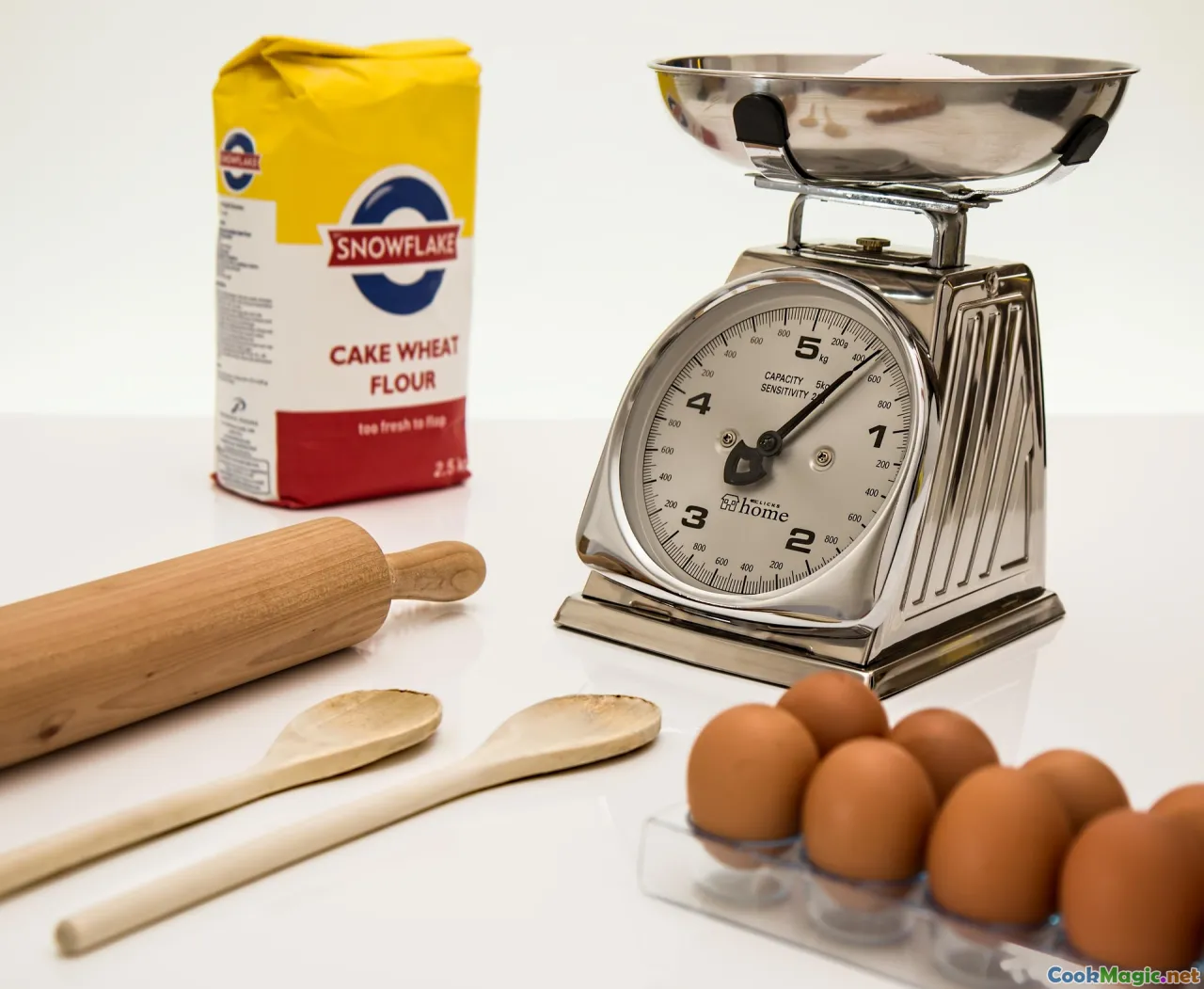
This recipe assumes you have made the paste above. If using a reputable store-bought paste, start with 2 to 3 tablespoons and adjust. The method is the same.
Serves 4 as a main with rice
For the curry:
- 3 to 4 tablespoons homemade green curry paste (see above)
- 1 can (400 ml) full-fat coconut milk, plus 100 to 150 ml water or light stock
- 500 g boneless, skinless chicken thighs, cut into bite-size strips (or tofu, beef, or fish balls; adjust cooking time)
- 4 to 5 Thai round eggplants, quartered, or 2 small Japanese eggplants, cut into 2 cm pieces
- A handful of pea eggplants (optional but traditional)
- 2 makrut lime leaves, central rib removed and leaves finely slivered; plus 2 whole leaves to simmer
- 1 to 2 tablespoons fish sauce, to taste
- 1 to 2 teaspoons grated palm sugar, to taste
- 1 small bunch Thai basil, leaves picked
- 1 to 2 fresh green chiles, thinly sliced, for finishing heat (optional)
- Neutral oil (if your coconut milk will not split), about 1 tablespoon
Method:
-
Split the cream: Open the coconut milk without shaking. Spoon about 200 ml of thick cream from the top into a wok or wide pan. Bring to a gentle simmer over medium heat, stirring. If it refuses to split, add 1 tablespoon neutral oil. When you see glossy oil freckles on the surface, proceed.
-
Fry the paste: Add the curry paste. Press and smear it into the cream, stirring until extremely fragrant and deeper green, 2 to 3 minutes.
-
Build the body: Add half the remaining coconut milk and 100 ml water or light stock. Bring to a gentle simmer. Drop in the 2 whole makrut leaves.
-
Cook the protein: Add chicken thighs. Simmer gently until just cooked through, 8 to 10 minutes. If using fish balls, simmer 5 to 6 minutes; beef slices, 3 to 4 minutes; tofu, 5 to 6 minutes after a quick pan-sear.
-
Vegetables: Add the quartered Thai eggplants and pea eggplants. Simmer until the round eggplants are just tender and seeds look translucent, 5 to 7 minutes.
-
Season: Stir in 1 tablespoon fish sauce and 1 teaspoon palm sugar. Taste; adjust with more fish sauce or palm sugar as needed. The curry should feel rounded and aromatic, not salty first or sweet first.
-
Finish: Stir in the slivered makrut leaves and Thai basil. Add fresh chile slices if you like. Kill the heat, cover for one minute to trap volatile aromas, then serve immediately.
Serve with steamed jasmine rice or warm kanom jeen rice noodles. The sauce should be lush but not soupy, painted with green oil droplets that promise flavor.
Notes:
- If your curry thickens too much, thin with a splash of water or coconut milk. If too thin, simmer a minute uncovered.
- Do not boil vigorously after adding basil; you will mute its perfume and muddy the color.
Pairings, Garnishes, and Serving Rituals
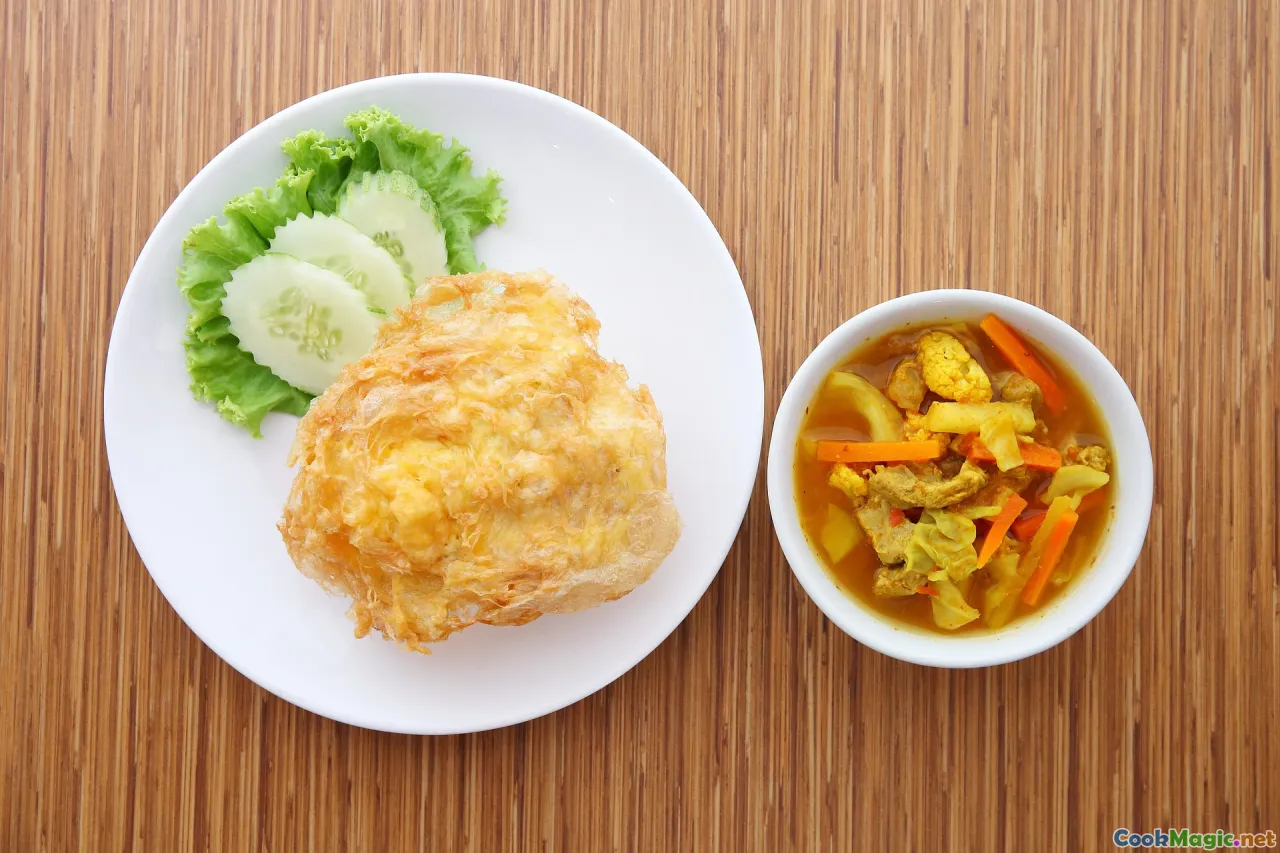
Green curry has two perfect companions: rice and silence for the first bite. But there are rituals beyond that.
- Rice pairing: Jasmine rice is standard, its floral aroma echoing Thai basil. For a lighter meal, pour curry over kanom jeen rice noodles; add crisp raw sprouts and pickled mustard greens on the side.
- Condiments: Sliced spur chiles in fish sauce (prik nam pla) on the table offer a salinity spike for anyone who wants it. A wedge of lime may sit nearby, but green curry rarely needs much acid.
- Side dishes: A fluffy Thai omelet with fish sauce (khai jiao) is lightning-fast and made for soaking. A plate of blanched morning glory (pak boong) with garlic keeps the green theme going.
- Drinks: Try sparkling water with a squeeze of calamansi or lime, or a cold lager with enough bitterness to reset your palate between bites. Lightly sweet iced tea with plenty of ice helps if your curry runs hot.
Advanced: Making Coconut Milk and Cream From Scratch
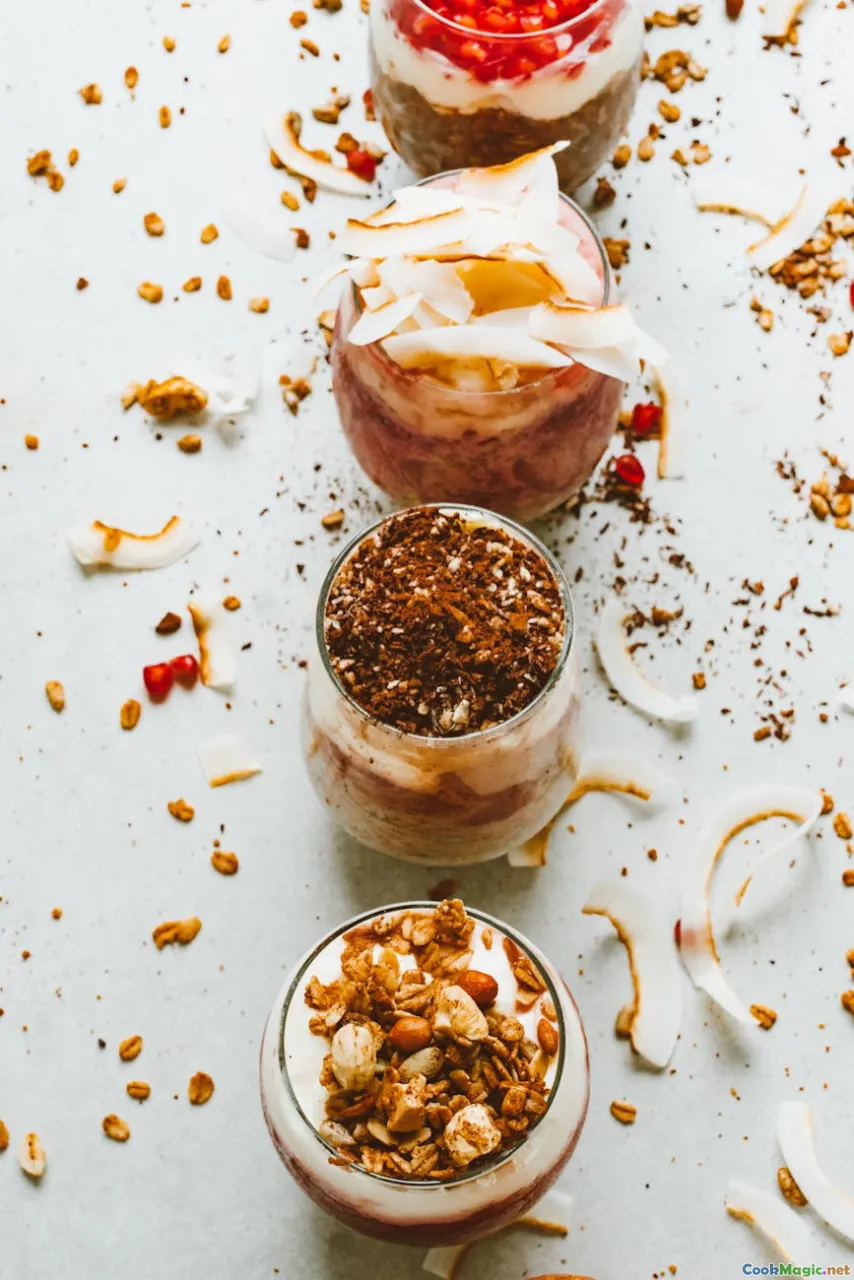
If you can find fresh mature coconut meat, you can make coconut milk that behaves like the Thai cooks expect.
- Grate the coconut meat finely.
- Add warm water, just enough to moisten and warm the fat.
- Massage and squeeze through cloth to extract the first press; this is your thick coconut cream (hua kati). Reserve.
- Add more warm water and squeeze again; this is your thinner coconut milk (hang kati).
Using first-pressed cream to fry your paste ensures easy splitting and a more fragrant curry. If you attempt this at home, be meticulous about cleanliness; fresh coconut turns quickly.
Leftovers, Storage, and Food Safety

- Paste: Homemade paste keeps 5 to 7 days in the refrigerator packed under a thin veil of neutral oil; up to 3 months in the freezer. Freeze in tablespoon portions for quick weeknight use.
- Curry: Green curry tastes best the day it is made. If storing, cool quickly and refrigerate. Chicken versions keep 2 to 3 days. Reheat gently; do not boil hard, or you will lose color and break the emulsion.
- Separation on reheating is normal. Whisk or stir as it warms; you can fold in a spoon of coconut cream at the end to refresh.
- Vegetables soften overnight. If you plan leftovers, cook eggplants a touch under so they finish on reheat.
Where to Eat and What to Notice

If you find yourself in Bangkok, Sanguan Sri on Witthayu Road is a time capsule where a weekday board sometimes announces green curry fish balls. Pay attention to the proportion of paste to coconut: it is not shy. Notice how the curry is glossy but not greasy, how pea eggplants sparkle against the sauce.
Roaming the city’s khao kaeng stalls—rice-and-curry vendors—you’ll encounter green curry in trays, sometimes paired with roti, sometimes ladled over kanom jeen. Ask for a small spoonful first; vendors are generous with tastes, and you will learn how each cook seasons for their audience. In more modern Thai restaurants, green curry might arrive dressed with young coconut shoots or charred vegetables, the paste pounded a bit finer, the basil placed like a garnish rather than tossed. Watch the color, the surface, the quiet strength of makrut leaf.
Abroad, pay attention to the green. If the sauce is neon, it may be boosted with spinach or food coloring. That can be delicious, but ask yourself what you smell first. The right answer is lemongrass and galangal, then basil and coconut, then fish sauce’s whisper and the faint bitter promise of pea eggplants if you’re lucky.
Technique Variations Worth Trying
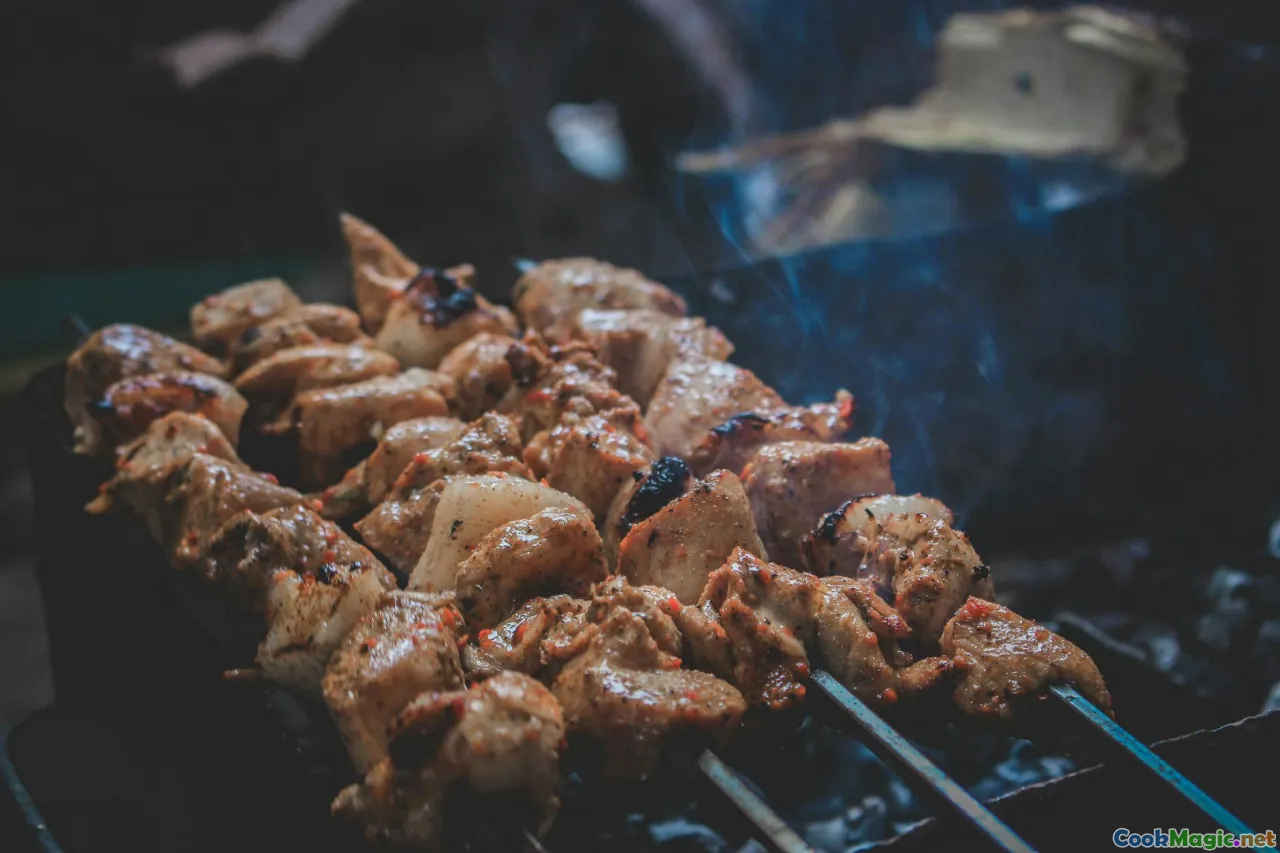
- Charred aromatics: Lightly charring a few of your chiles and shallots over a flame before pounding adds smoke, shifting the curry toward a late-night Bangkok vibe. Use sparingly to avoid browning the color.
- Skin-on chicken: Render chicken skin in the wok first, spoon off excess fat, then use that fat to fry your paste. The result is profound and restaurant-lush.
- Spice grinder assist: Grind toasted coriander and cumin with white peppercorns in a spice grinder to a powder, then pound into the paste for a satin texture.
- Basil stems in the boil: Drop a few Thai basil stems in during the simmer and remove at the end; they perfume the sauce without crowding the finish.
Sensory Cues: Cook With Your Nose, Ears, and Eyes
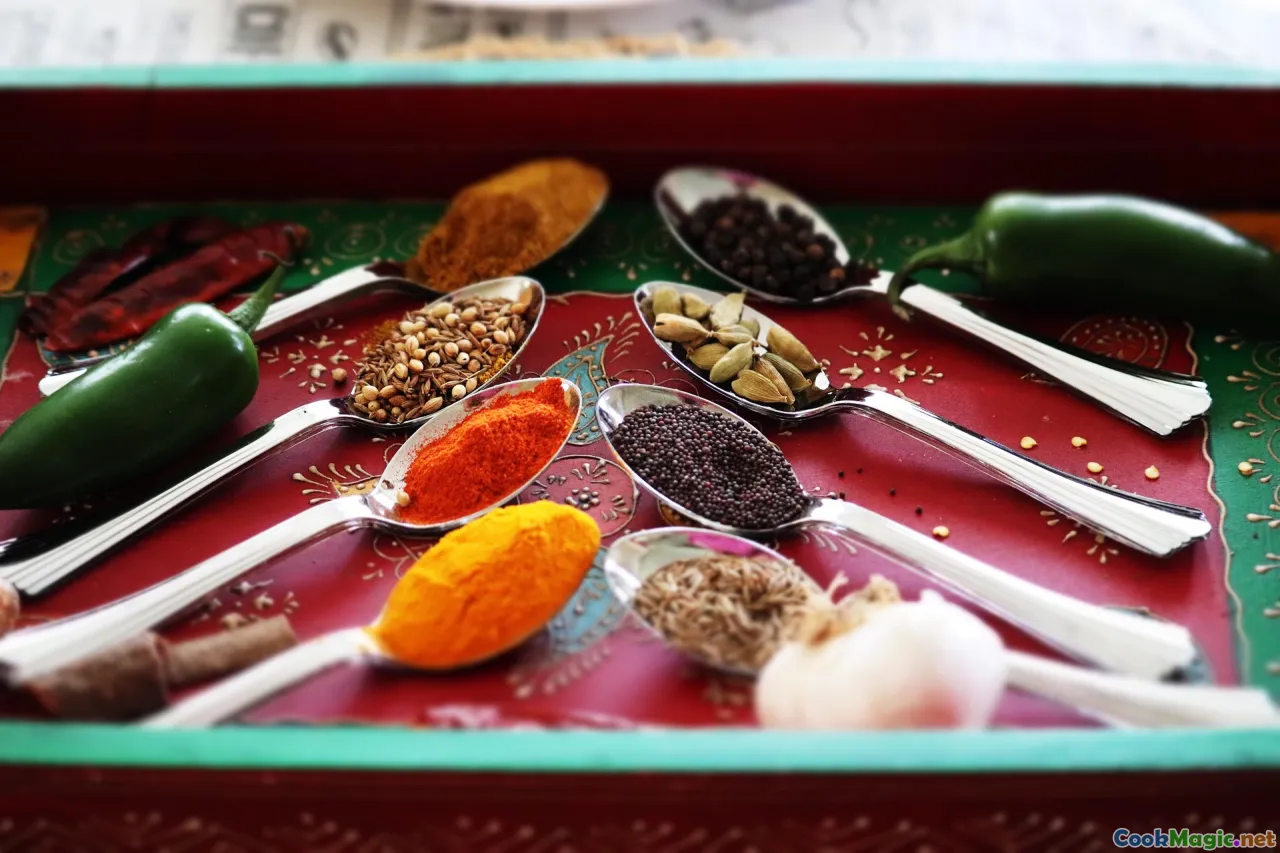
- Sound: The paste will hiss and sigh as moisture cooks off and fat returns. A wet, boiling sound means too much liquid; a quiet sizzle means the paste is frying properly.
- Smell: Raw paste smells sharp and grassy. Fried paste smells round, sweet, and complex. If it smells caramelized or toasted, lower the heat; you’re losing green.
- Sight: Look for green oil freckles on the surface, not a blanket of brown. Eggplant seeds should shine like pearls when they’re ready.
- Touch: Sauce should feel plush on the tongue, not oily. Proteins should be just tender; overcooking turns chicken stringy and tofu spongy.
A Final Bowl, Shared
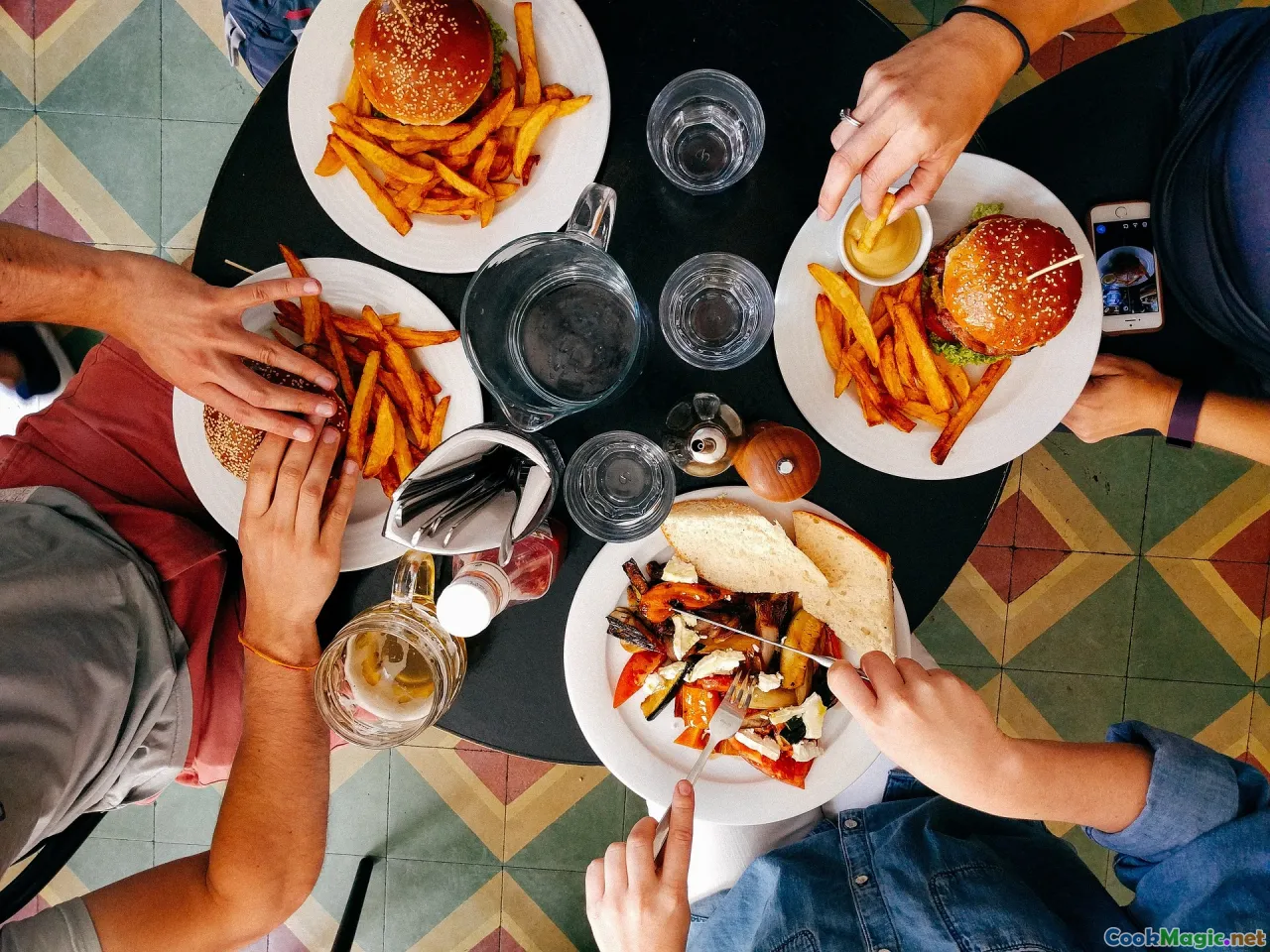
The last time I cooked green curry for friends, I followed the rhythm the Or Tor Kor vendor taught me: eyes first, then paste, then breath. The coconut cream smiled, the paste bloomed, eggplants glinted, and basil fogged the air. We ate in that happy quiet that happens when a table is focused. Later came the talk, the second and third spoonfuls of prik nam pla from those who wanted more waves. Someone scraped the wok with rice when the bowls emptied, chasing whatever sage green was left to catch.
This is what you want at home from green curry: a pot that pulls people toward it, a smell that turns a room into a memory, a balance of salt and sugar and leaf and heat that says someone cared enough to pound, to wait, to taste again. If you get the eyes to smile and you listen for the moment the paste stops being raw and becomes itself, you will master it. The rest is just hands and time.









